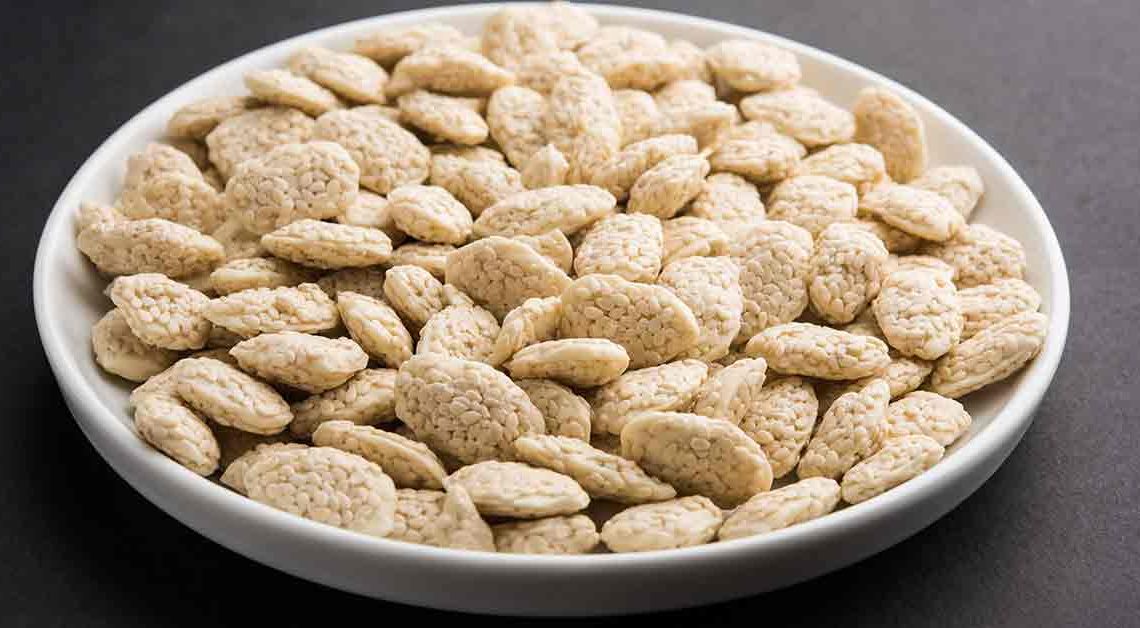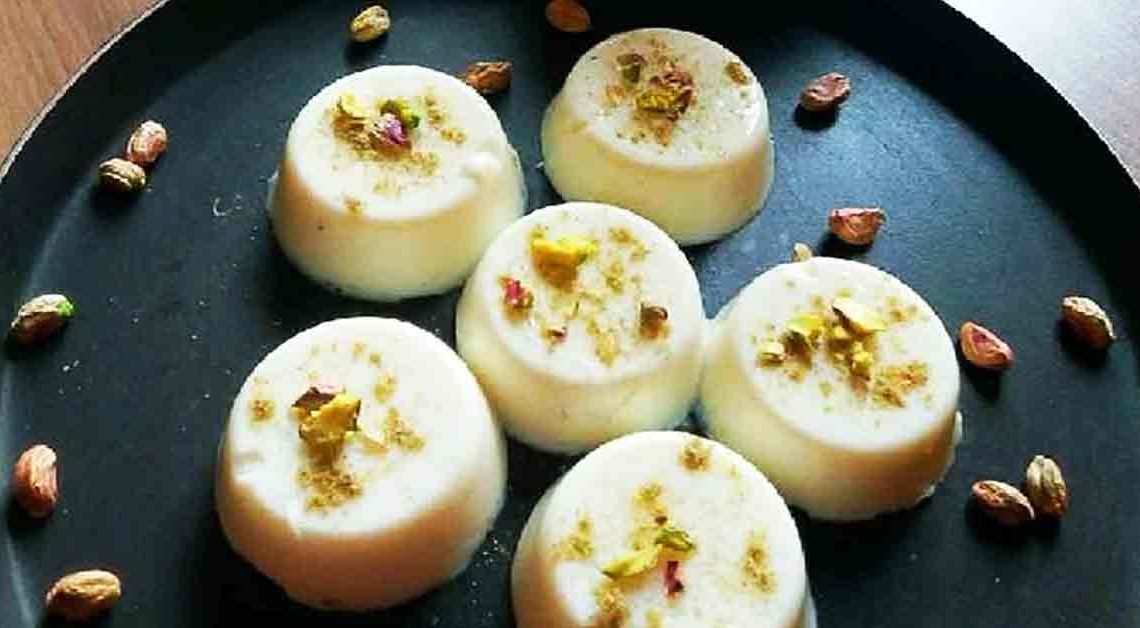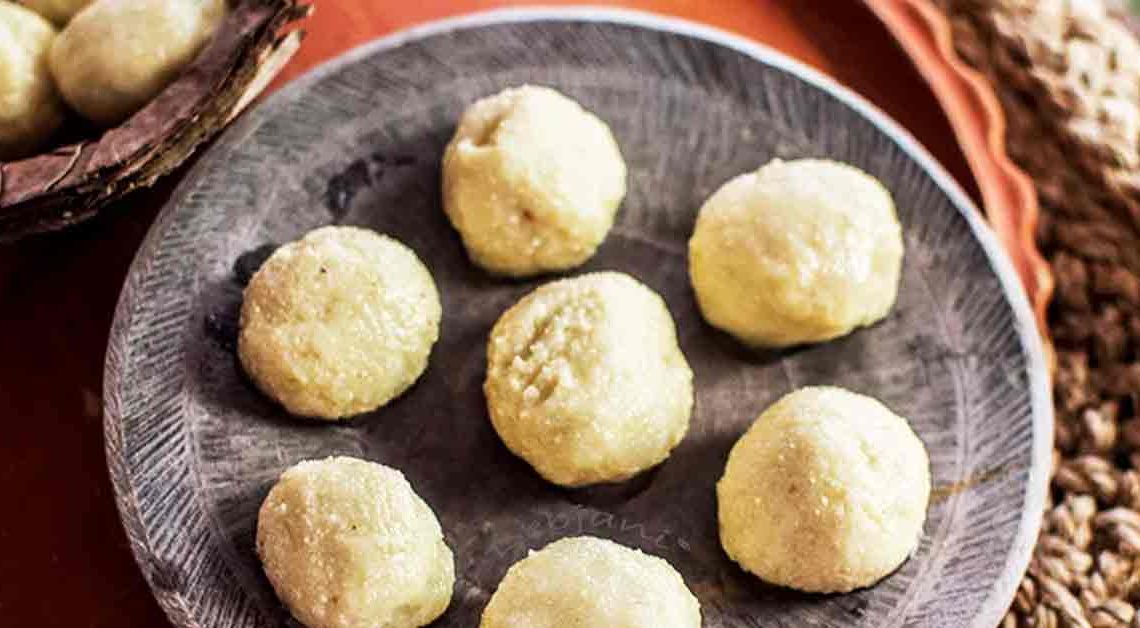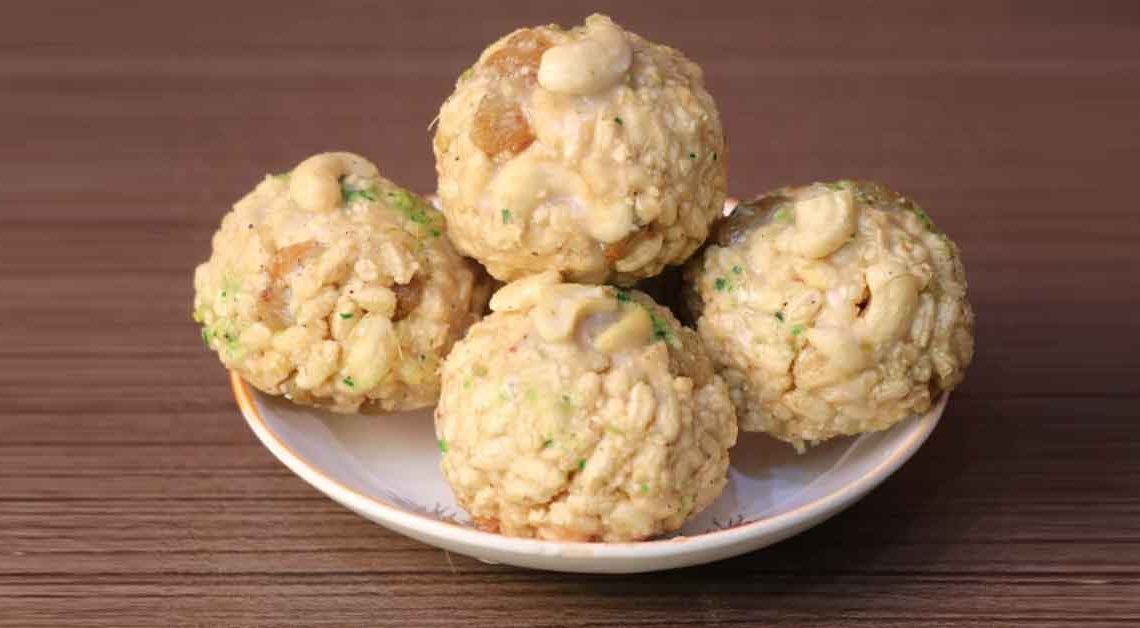Til Revri Timeless Tale: A Culinary Symphony in Sesame

Welcome to a culinary journey on Mithainama that promises to tantalize your taste buds and transport you to the heart of traditional Indian flavors – welcome to the world of Til Revri! Nestled in the rich tapestry of Indian sweets, Til Revri is a timeless delicacy that marries the nutty goodness of sesame seeds with the sweet embrace of jaggery.
Picture this: a crisp winter day, the aroma of til toasting in the air, and the rhythmic crackling sound as jaggery caramelizes into golden perfection. Our food blog is your passport to explore the secrets and stories behind this delightful treat that has been cherished across generations.
Get ready to indulge in the irresistible allure of Til Revri, where every bite tells a story. Let the aroma of roasted sesame seeds and the sweet embrace of jaggery guide you through the enchanting world of flavors that only it can deliver. So, let’s embark on this mouthwatering adventure together!
Origin of Til Revri
Til Revri, a beloved winter treat in India, traces its origins back to ancient culinary traditions deeply rooted in the country’s rich cultural tapestry. The dish has historical significance and is often associated with festivals and celebrations, especially during the winter months.
Sesame seeds, known as “Til” in Hindi, have been a staple ingredient in Indian cuisine for centuries. The use of sesame seeds can be traced back to ancient Ayurvedic texts, where they are praised for their nutritional benefits and warming properties. Jaggery, a natural sweetener made from concentrated sugarcane juice, has also been a traditional sweetening agent in Indian sweets like gond ke ladoo.
The combination of these two ingredients in it is believed to have originated in the northern regions of India, where winters are cold, and people seek foods that provide warmth and energy. The process of roasting sesame seeds and binding them together with jaggery creates a sweet and nutty confection that is not only delicious but also serves as a source of instant energy during the winter months.
History of Til Revri
The history can be traced back to ancient India, where the use of sesame seeds and jaggery in culinary practices had deep cultural and Ayurvedic roots. Sesame seeds have been a part of Indian cuisine for centuries, appreciated not only for their distinct nutty flavor but also for their nutritional value. Jaggery, a traditional sweetener made from concentrated sugarcane juice, was a natural choice to complement the robust taste of sesame seeds.
It evolved over time through a combination of cultural influences and regional variations. The dish became particularly popular in the northern regions of India, where winters are cold, and people sought foods that provided warmth and energy during the season.
The preparation involves the roasting of sesame seeds and the binding together of the seeds with jaggery, creating a sweet and crunchy treat. This process not only enhances the flavors but also aligns with Ayurvedic principles that emphasize the importance of balancing different tastes and maintaining bodily equilibrium.
Cultural Significance
It holds deep cultural significance in India, representing more than just a sweet treat. Its cultural importance is woven into various aspects of Indian traditions, festivals, and social gatherings, making it a symbol of warmth, celebration, and community. Here are some key aspects of the cultural significance of Til Revri:
Festival Celebrations: It is closely associated with festivals, particularly Makar Sankranti, which is celebrated in different regions of India. During this festival, people exchange gifts as a gesture of goodwill and joy. The dish becomes a symbol of the harvest season, marking the transition of the sun into the northern hemisphere.
Symbolism of Harvest: The ingredients sesame seeds, and jaggery, are often harvested during the winter months. The preparation and consumption are seen as a way of celebrating the abundance of winter crops and acknowledging the hard work of farmers during the harvesting season.
Culinary Tradition: It is a part of the rich tapestry of Indian sweets and snacks like til papdi. It represents the culinary diversity and traditions passed down through generations. The careful roasting of sesame seeds and the art of combining them with jaggery highlight the culinary skills that have been preserved over centuries.
Where is Til Revri Famous?
It is particularly famous in northern regions of India, where it has strong cultural roots and is associated with winter festivals. Some of the states where it is especially popular include:
Uttar Pradesh: It is a traditional sweet in Uttar Pradesh and is commonly prepared and enjoyed during festivals like Makar Sankranti. The state’s rich cultural heritage and love for traditional sweets contribute to the popularity of Til Revri.
Punjab: In Punjab, it is a staple during Lohri celebrations, which mark the end of winter and the beginning of longer days. People exchange it as a symbol of good luck and prosperity during this festive occasion.
Rajasthan: In Rajasthan, it is made during Makar Sankranti and other winter celebrations. The state’s culinary traditions, influenced by its royal history, often include the preparation of traditional sweets like Til Revri.
Interesting Facts and Trivia
Til Revri, with its blend of taste, cultural significance, and historical roots, continues to be a delightful and cherished part of Indian culinary traditions.
- It is closely associated with the festival of Makar Sankranti, celebrated in various parts of India. During this festival, people exchange it as a symbol of good luck, prosperity, and the changing season as the sun moves into the northern hemisphere.
- In many Indian households, it is not just a festive treat but also a winter comfort food. The combination of roasted sesame seeds and sweet jaggery is believed to provide warmth and energy, making it a popular choice during the colder months.
- The calcium content in sesame seeds contributes to bone health, and when included in Til Revri, it provides a sweet and crunchy way to fortify your bones. This is particularly beneficial for individuals seeking alternative sources of calcium.
- While the basic preparation involves sesame seeds and jaggery, there are regional variations of it that incorporate additional ingredients such as nuts, cardamom, or ghee, adding unique flavors to the traditional recipe.
- According to Ayurveda, sesame seeds are considered to have warming properties, making them suitable for consumption during the winter season. Additionally, jaggery is often preferred over refined sugar in Ayurvedic practices due to its perceived health benefits.
Did You Know?
Til Revri, beyond its delicious taste, offers a myriad of health benefits, making it more than just a festive treat. Here’s why indulging in it can be a wholesome choice:
- The primary ingredients of Til Revri, sesame seeds and jaggery, are rich in nutrients known for their winter wellness properties. Sesame seeds are a good source of essential minerals like iron, calcium, and magnesium, providing a natural boost to your overall health during the colder months.
- Packed with a combination of healthy fats, proteins, and natural sugars from jaggery, it serves as an instant energy booster. Whether you need a quick pick-me-up during the day or want to replenish your energy levels post-workout, it has got you covered.
- According to Ayurveda, sesame seeds are considered “usna” or warming in nature. Consuming foods with warming properties is believed to help balance the body’s energy during the winter season.
- Sesame seeds are a nutritional powerhouse, containing essential vitamins such as B-complex vitamins and antioxidants. The combination of these nutrients contributes to the overall health benefits of it, supporting immune function and promoting radiant skin.
- Sesame seeds are an excellent source of iron, and when combined with jaggery’s iron content, it becomes a tasty way to support hemoglobin production. This makes it a favorable addition to the diet, especially for those prone to anemia.







